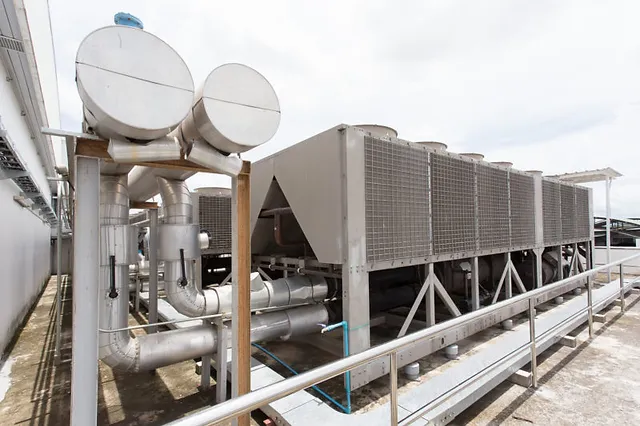What Is the Future of HVAC?
There is a growing demand for eco-friendly HVAC systems, and more than half of HVAC customers are willing to pay more for eco-friendly heating and cooling. With new government regulations in place to reduce energy consumption and carbon emissions, the demand for sustainable HVAC systems is likely to grow.
The ultimate goal is to be able to power HVAC systems using electricity generated from clean energy sources like the wind or sun. Transitioning to electricity takes time, and there is a cost associated with it, but much of the research seems to favor switching to green-generated electricity.
Is the HVAC Industry Growing?
The Bureau of Labor Statistics believes the HVAC industry will likely see an 8% increase in job growth by 2030. The last decade has seen seven of the hottest summers in history, leading to extra and prolonged use of HVAC units, especially cooling systems. This has caused more HVAC malfunctions, placing techs in high demand.
Across the 118,000 HVAC businesses in the U.S., revenue is growing across most of the HVAC industry. In 2021, the overall HVAC systems market was valued at more than $16.5 billion. By the end of 2021, most HVAC businesses reported a 10% increase in new quotes and were scheduled for a 6% increase in new work as compared to 2020.
One challenge the HVAC industry faces is high market competition between some vendors. That may cause them to lower their prices to stay competitive, thereby reducing profit margins for each sale or service. This change could result in less competition in the long term, which is bad for both the industry and consumers.
What Is New in Commercial HVAC?
One emerging HVAC market trend is taking a holistic approach to building management. This means considering all the needs of a building’s various systems for places to promote synergy to improve energy efficiency.
For example, ensuring a building is well-insulated reduces the need for heating to put less strain or demand on the HVAC unit. There is also a growing trend in HVAC software like programmable thermostats and Smart Home systems to keep buildings at optimal comfort without wasting energy.
It appears the increased number of data centers consisting of highly sensitive electronic components that require consistent temperatures and airflow is a key driver in HVAC market growth. Portable smart devices and monitoring systems are also helping to fuel market growth.
Can You Upgrade an HVAC System?
Most certainly! With regular maintenance, most commercial HVAC systems have a lifespan in the 15-to-20-year range. Retrofits can increase that lifespan, but upgrading to a brand new system is always an option if that fits your plans better. For instance, if your system runs on the phased-out R22 refrigerant [chlorodifluoromethane], you’ll want to upgrade. If you’re not sure, ask our team at Henick-Lane about your system and if there are any new environmental standards or building codes that might affect this decision.
Newer HVAC technology is more energy-efficient, resulting in lower monthly power expenses. There are also constant advancements in comfort, such as silent operation, phone-based control using an app, and improved air filtration and purification. It is also worth investigating whether there are any financial incentives at the local or state level for such upgrades.
Which HVAC System Is Best for Commercial Buildings?
Cookie-cutter answers are rarely useful, and each commercial building has its own individual needs. A large property may find that a multi-split system works best, and a similarly sized building with one open indoor space may find that a variable air volume system (VAV) meets the building needs better. Our staff of experts specializes in custom-tailored solutions and will help you develop the proper plan.


